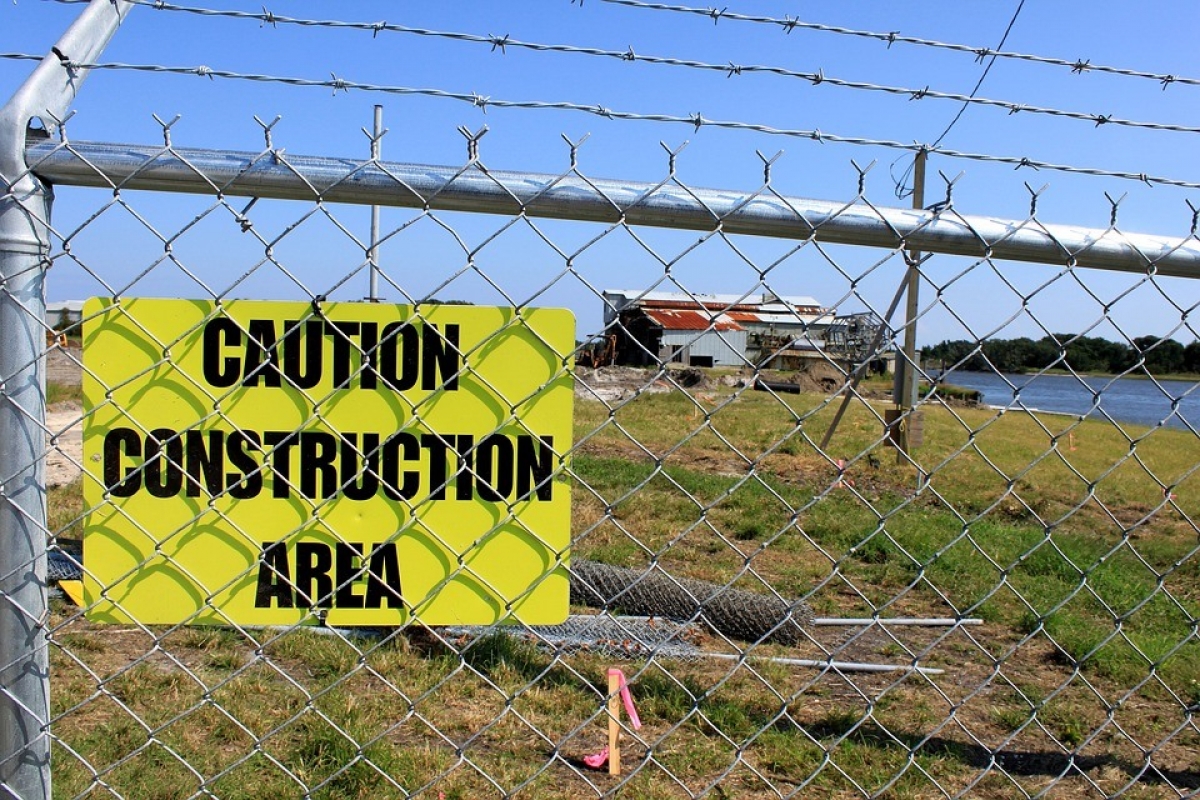Posted on 25/9/17 in Articles

Laws on health and safety in construction have developed at a relatively slow rate over the last 50 years. It’s surprising to learn that official legislation on health and safety in construction was only brought into UK law in 1966, but was recently updated in 2015 and renamed Construction (Design and Management) Regulations. Guidance on looking after your health and safety, and that of your employees is available from the HSE website here, and keeping up to date with the latest procedures is vital. Although, this is often easier said than done, with human error at the top of the list of reasons why health and safety measures often fail.
Any Project Manager, Operations Manager or Principal Contractor will tell you that looking after an employee’s health and safety includes a lot of work space evaluation to assess potential risks. In reality, this includes a lot of guess work, as every site, contractor and project is different.
Risks on site can come from a number of areas. Some of the most notable are working at great heights, working with or alongside vehicles and plant machinery, and projects that include excavation.
Ensuring that these potential safety hazards do not become just that, is both the responsibility of the employer and the employee. As long as the contractor is adequately trained in recognising and dealing with safety risks while on-site, hazards of this kind can be effectively and consistently avoided. Promoting a culture of safety consciousness is something which is a particular focus at the Wykamol Group, as we have members of the team who are working with and alongside machinery and chemicals every single day.
However, due to the highly physical nature of the building industry, contractors on-site are often subjected to influences beyond their employer's control, such as suffering from heat stroke, cardiac arrest and noise induced hearing loss.
As technology advances, the construction industry are beginning to see the benefit of integrating it into their health and safety procedures. Development of physiological monitoring systems such as smart watches and jewellery are already being used by the British public, as a way of monitoring your heart rate, activity levels, sleep quality and duration.
Wearable tech is also being introduced in to the work place as a way of improving an employee’s corporate well-being, health and safety.
With regards to construction sites, it is not advisable to wear jewellery or watches which can get caught on machinery. Instead devices called ‘hearables’, where the physiological monitor is worn near the ear, have been developed. There is no danger of the device getting caught as it is covered by a hard hat and the position near the ear allows for the closest and most accurate monitoring of your body’s vital signs.
By monitoring an employee’s vital signs while on-site, each contractor can be alerted by their device when it is time to hydrate, take a break or put on auditory protection. If, for example a contractor takes a fall, the Principal Contractor will be alerted by their phone, so the situation can be dealt with immediately. You can even track the location of the injured contractor in case they are unconscious. The recorded data can then be sent directly to a medical professional if the contractor needs to be hospitalised.
The benefits of this technology are numerous. Employees will take greater responsibility for their own health and safety when they have a device which can directly communicate what their body needs at any given time. It leads to employers having a greater understanding of the physical needs of their employees as individuals and working with them to improve their personal safety. In serious, life threatening situations, these devices could be the difference between life and death.